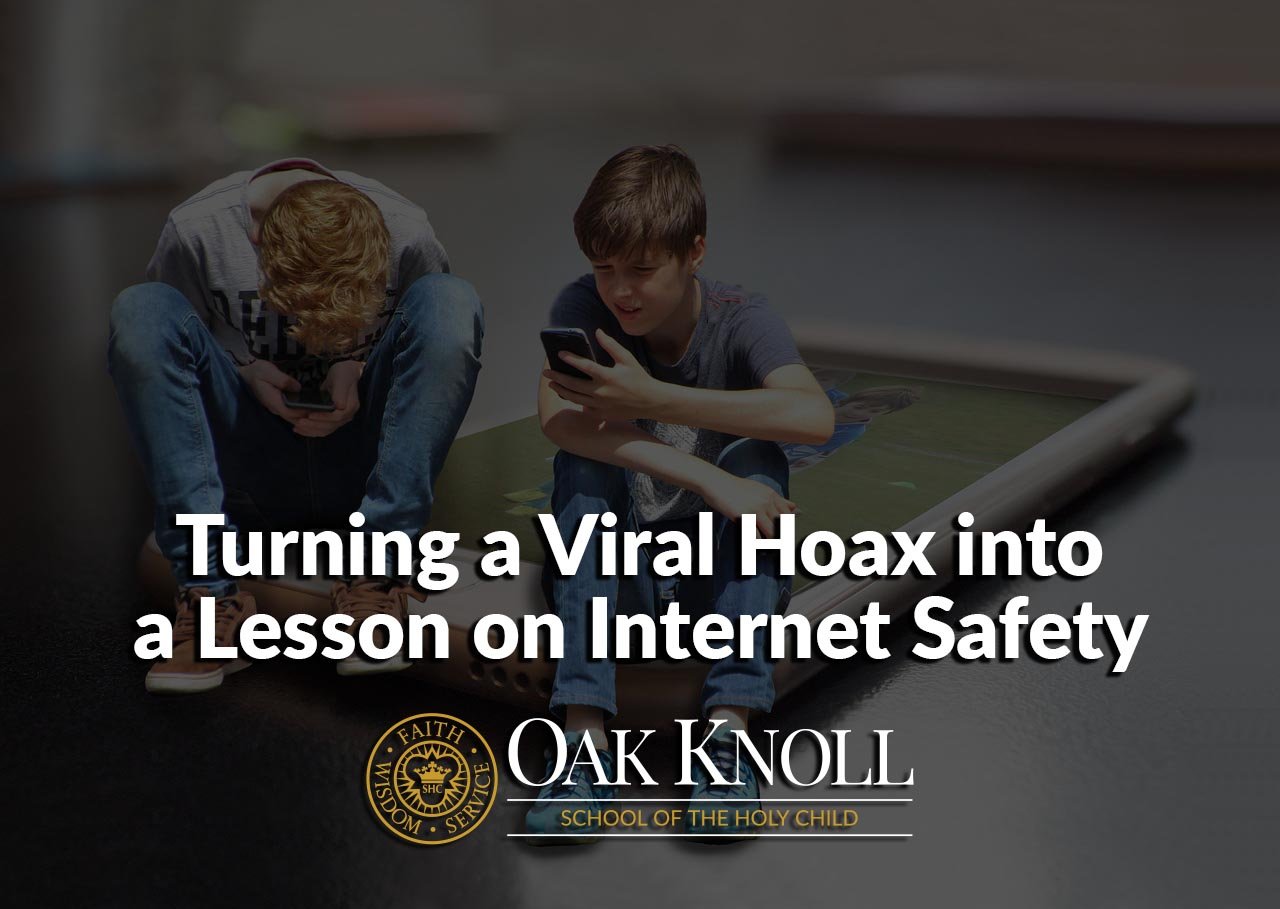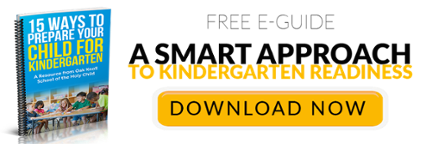Over the last week, you have probably seen some reference to the “Momo Challenge,” hidden messages in Youtube videos, and calls for technology companies to police their systems to protect kids. You have probably also seen a number of reports of things being a hoax that should be ignored. As always, the truth lies somewhere in between, and we wanted to help you sort things out along with give you some practical advice on how to deal with these types of reports in the future.

As educators, we spend a great deal of time trying to figure out the best way to prepare our students for the challenges they will face, both in the real and the digital worlds. Many times we have to deal with the theoretical, as we can’t always create the proper real world scenarios to take all the aspects of instruction into account during a given situation. For many of us, we have embraced the concepts of digital citizenship, trying to help our communities navigate the difference between behaviors and actions online and in real life. We have created great models, listed out recommended behavior, taught interesting lessons, and sometimes even given badges when we have been successful. But the real test of what we are teaching is not how we respond to the manufactured situation, but how we then address something that happens for real.
Case Study: What is the #MoMoChallenge?
There have been reports for the last 18 months about the #MomoChallenge. It started with reports of someone or something luring students via social media accounts on Facebook and WhatsApp to do harm to themselves and others under threat of public humiliation and physical intimidation. Reports were made that students had harmed themselves. Over the last week, it became a video that was being embedding in popular children's videos on YouTube. Over the weekend, the media has picked up on what has really happened and gotten to the real part of the story - it’s not real. Here are a few sources we find credible on the topic:
Unfortunately, these reports come after many local news organizations and school districts had already bought into the fear, uncertainty and doubt caused by reports on social media, encouraged by media celebrities posting and reposting without knowing all the facts. Part of the challenge of being an educator is taking the time to evaluate what we discover, and then choosing the appropriate response. It is not always easy, and we have a lot to learn as well. A friend posted the following article online after a long discussion by a number of us on twitter regarding the whole situation.
Those who choose actions that attempt to negatively influence children are truly despicable. The various challenges and stories that appear online about suggestions being made to kids about trying to disappear, or cause harm to themselves, or to act out in foolish ways make me mad. But as horrible as those behaviors are, are we really doing what we need to in order to minimize their influence on our students and children? Whenever one of these stories makes the news, or makes it around the rumor mill from parents, other teachers, or social media, I try to apply the same rules we teach our students about how to determine what is really going on and how to appropriately respond.
Questions to Ask Yourself
1. Is the source authentic?
When we search for those items to watch or use, are we paying attention to where they come from? I love Marvel movies, and I love watching the trailers and shorts as they are released online. But each time I go looking for them, I have to choose between those who are copying the material for their own benefit, and the official sources of the clips and trailers. I know I can trust the official versions to be appropriate and only have trusted content. I cannot make the same claim for the random account that copies or changes the video for their own purposes.
2. Is the content appropriate?
The classic definition of, “I know it when I see it … ,” applies here. We are all tempted to watch that video that reveals the secret about someone or something. Or maybe we can’t wait for that movie to come out on DVD/streaming so we find that copy out there online. Sometimes, we just need that child to be quiet, so we let them watch something (anything) to get five minutes of peace and quiet. We may all do this, but we know that it is not always appropriate, and we need to take a moment to determine what our real motivation and response should be. There is an internet phenomenon called the "Rick Roll." You can check out the whole story on Wikipedia, but it was all about including Rick Astley’s “Never Gonna Give You Up” video, lyrics, images or music in any type of internet post. Videos were posted that purported to reveal one thing, but the viewer was instead faced with the video of Rick Astley shortly after starting. There are people who will post anything just to get the views and increase their income potential. We need to be discerning when choosing which videos we watch.
3. Do I really need to share?
Just by being on social media, I receive all kinds of warning, updates, stories, breaking news and other notifications that demand I share them with my connections. It ranges from outbreaks of illnesses to political messages to online petitions that demand that I repost them. I ignore almost all of it. Why? In most cases, if I have followed the previous two steps — determining the originating organization or the intent of the poster — it almost always ends up being something that I deem inappropriate, and most of the time the primary source of the original message is not from anyone or any group I would recognize as an authority on the message they are posting. I value my online community, both personally and professionally. If I post something, it becomes part of my online reputation. I am not willing to risk my reputation for just anyone or anything. It is hard enough to maintain credibility in face-to-face relationships. Online is harder. We should always think before we post. In most cases, it will save us from a world of grief.
Walking the Walk
As adults, it’s important to understand that we need to be as responsible online as we expect our children and our technology companies to be. We need to be stay aware of the potential threats and dangers, but we also need to know when to react, and when to be patient and dig deeper. By sitting and talking with your children about internet safety and the rules you’ve established as parents, it will help guide them toward appropriate content online. Give them limits, but also make sure you are aware of what is out there and what they are watching. By modeling good behavior, it may even help you remain accountable, as well.




